Affiliate links on Android Authority may earn us a commission. Learn more.
HUAWEI P20 and P20 Pro hands-on: Holding nothing back
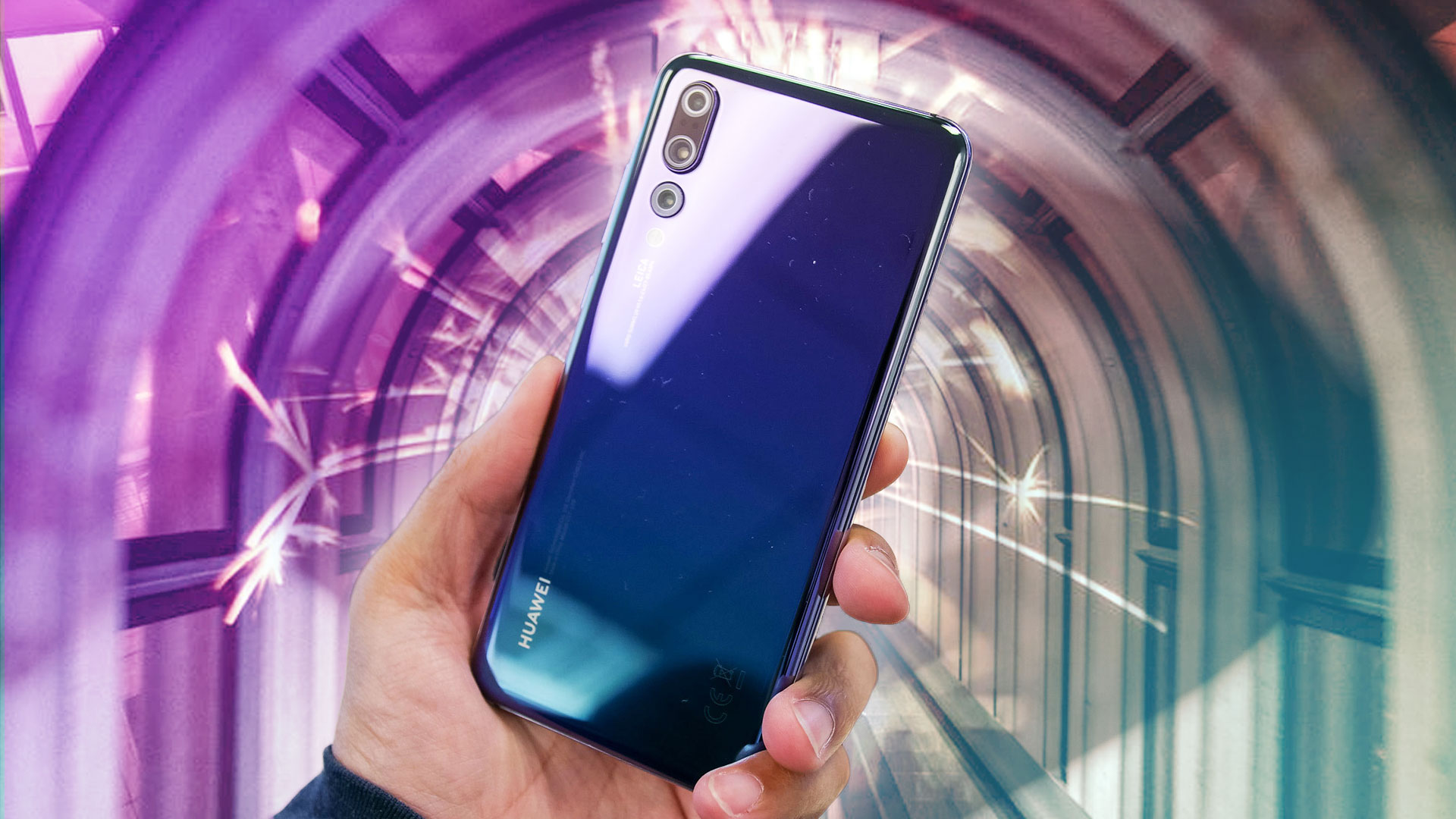
Editor’s note: We’ll update our HUAWEI P20 and P20 Pro hands-on and related coverage with more details in the coming hours, so stay tuned!
They say the best revenge is massive success, and HUAWEI seems poised to take its symbolic revenge on a hostile US market with the HUAWEI P20 and HUAWEI P20 Pro. Neither of them are coming stateside, but the rest of the world is in for a treat.
Bringing an intense camera focus and looks like you’ve never seen on a smartphone before, the P20 and P20 Pro are incredibly impressive. Ahead of our full HUAWEI P20 review, we take a close look at these two devices in our HUAWEI P20 and HUAWEI P20 Pro hands-on.
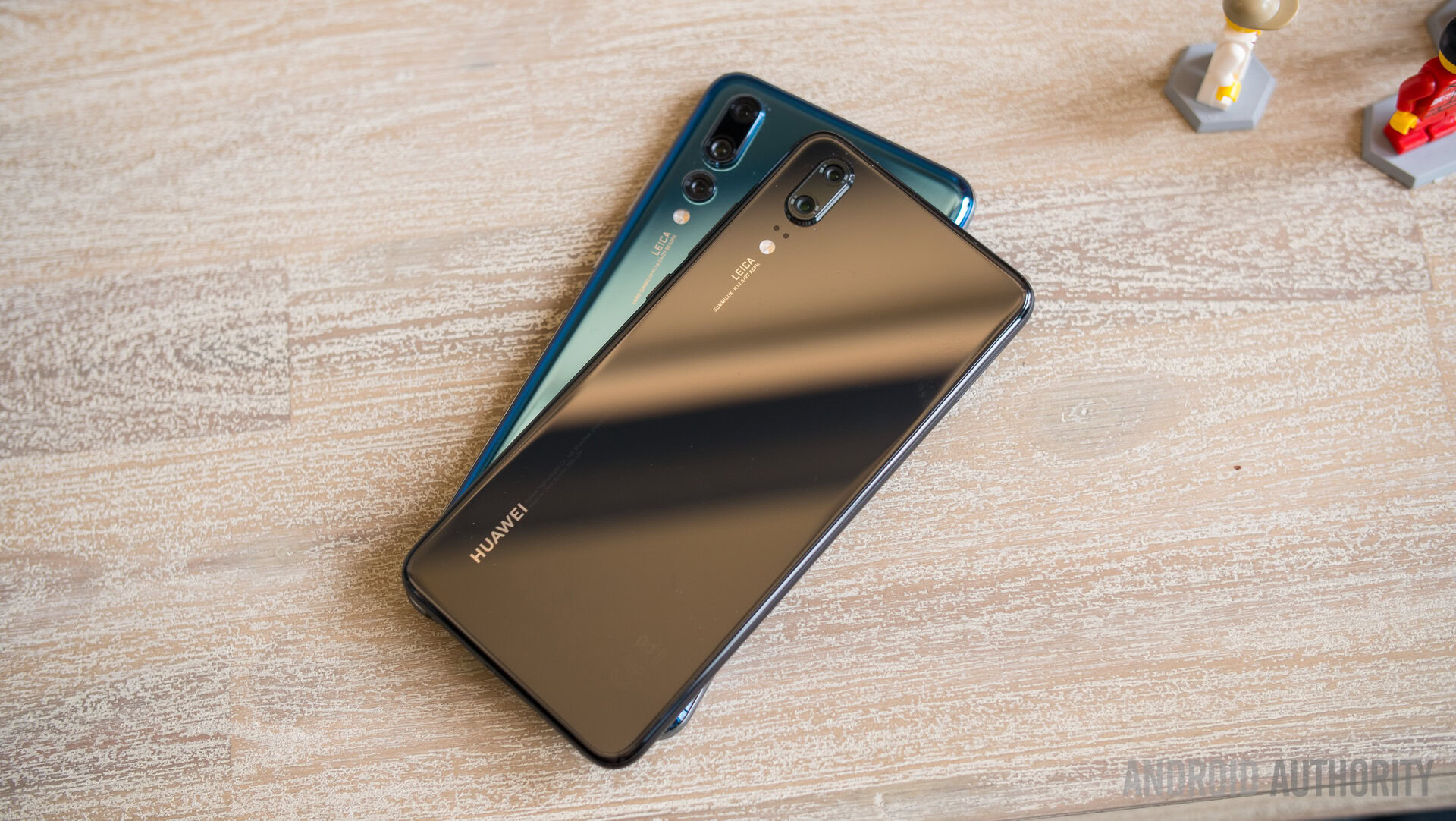
First, let’s talk about the finish on these phones. Prepare for some double takes, because the P20 and P20 Pro come with what HUAWEI calls the Twilight color. We wouldn’t be surprised if you called it the “unicorn” instead.
This blue-to-purple gradient is unlike anything we’ve ever seen in the smartphone game. The glass-on-glass design is the same throughout the P20 line, but this particular colorway is just an eye-catcher. Besides Twilight, there’s a second gradient colorway called Pink Gold, that looks just as sexy.
Huawei's Twilight color is nothing sort of eye-catching, and the rest of the colors are equally sexy.
Other colors of the P20 and P20 Pro include the classic black, midnight blue, and champagne gold (P20 only). All of them are quite shiny because of the glass-on-glass design, but the overall design works as one attractive package. And that doesn’t even take into account HUAWEI’s very modern approach to the small details on the P20 and P20 Pro.
Though we will get into the triple-camera setup a little later, notice how it’s lined up with the Leica-branded specifications label and the simple, but impactful HUAWEI logo. Altogether, these elements line the side of the device and give it a look that is similar to some point-and-shoot cameras. And, since there isn’t much else taking up the back of the device, all of these elements don’t keep the colors from shining through.
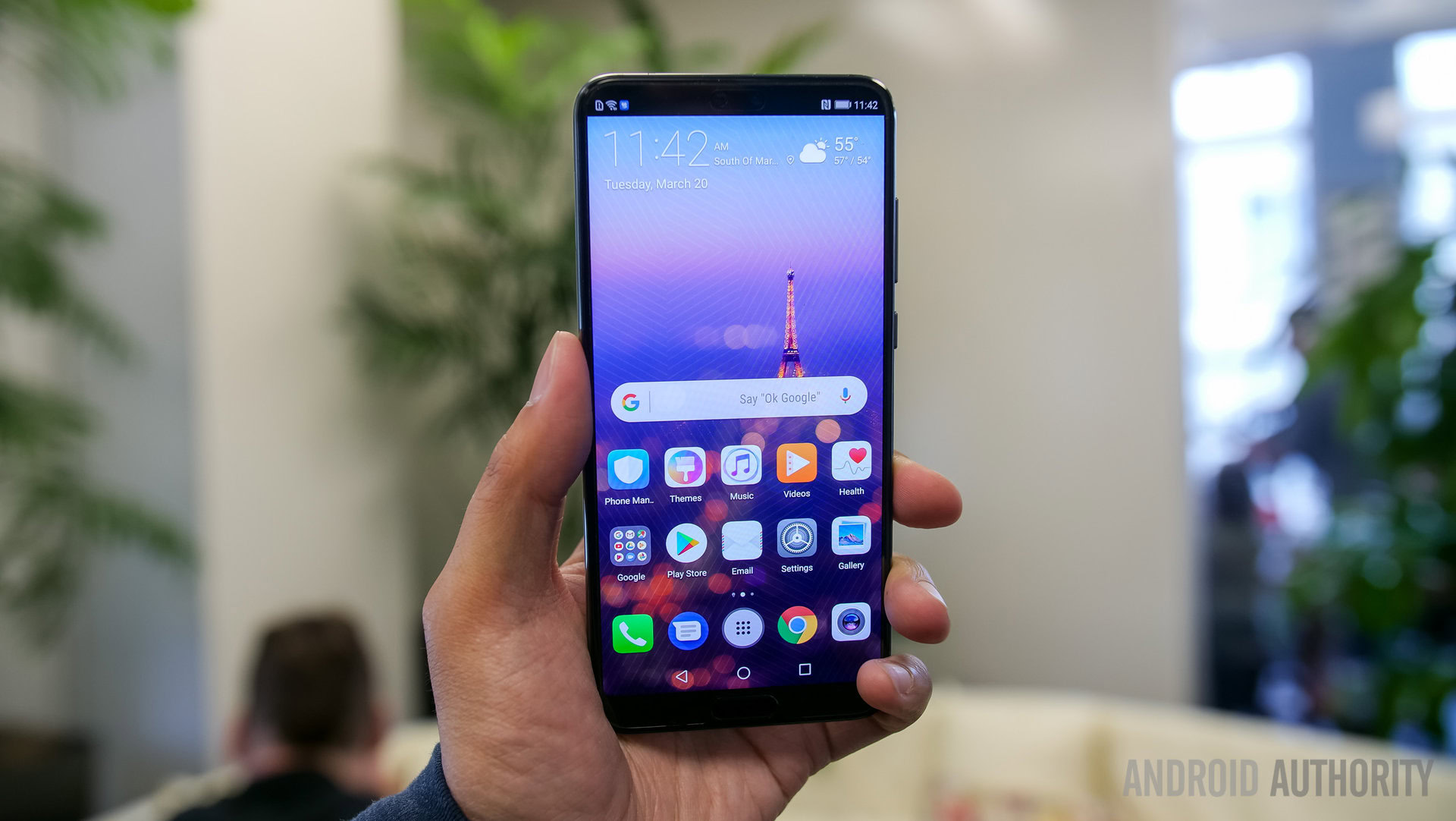
Turn the device around and you get HUAWEI’s version of a full-screen display with a notch. Yes, the notch is going to be much more common in Android moving forward, but on the P20 it manages to not take up too much of the top of the display. Only the phone speaker and the front-facing camera darken a tiny portion of the Full HD+ 18:9 screen.
Yes, there's a notch, but HUAWEI manages its own styling for it.
Despite the lower resolution of the display compared to other flagships, HUAWEI keeps their new phones in line with the many minimal bezel competitors that have emerged recently.
The difference in size between the HUAWEI P20 and P20 Pro is not very large. The 5.8-inch P10 is eclipsed by the P20 Pro, which sports a 6.1-inch display. Handling will of course favor the smaller device, but it doesn’t feel that much more difficult with the Pro edition.
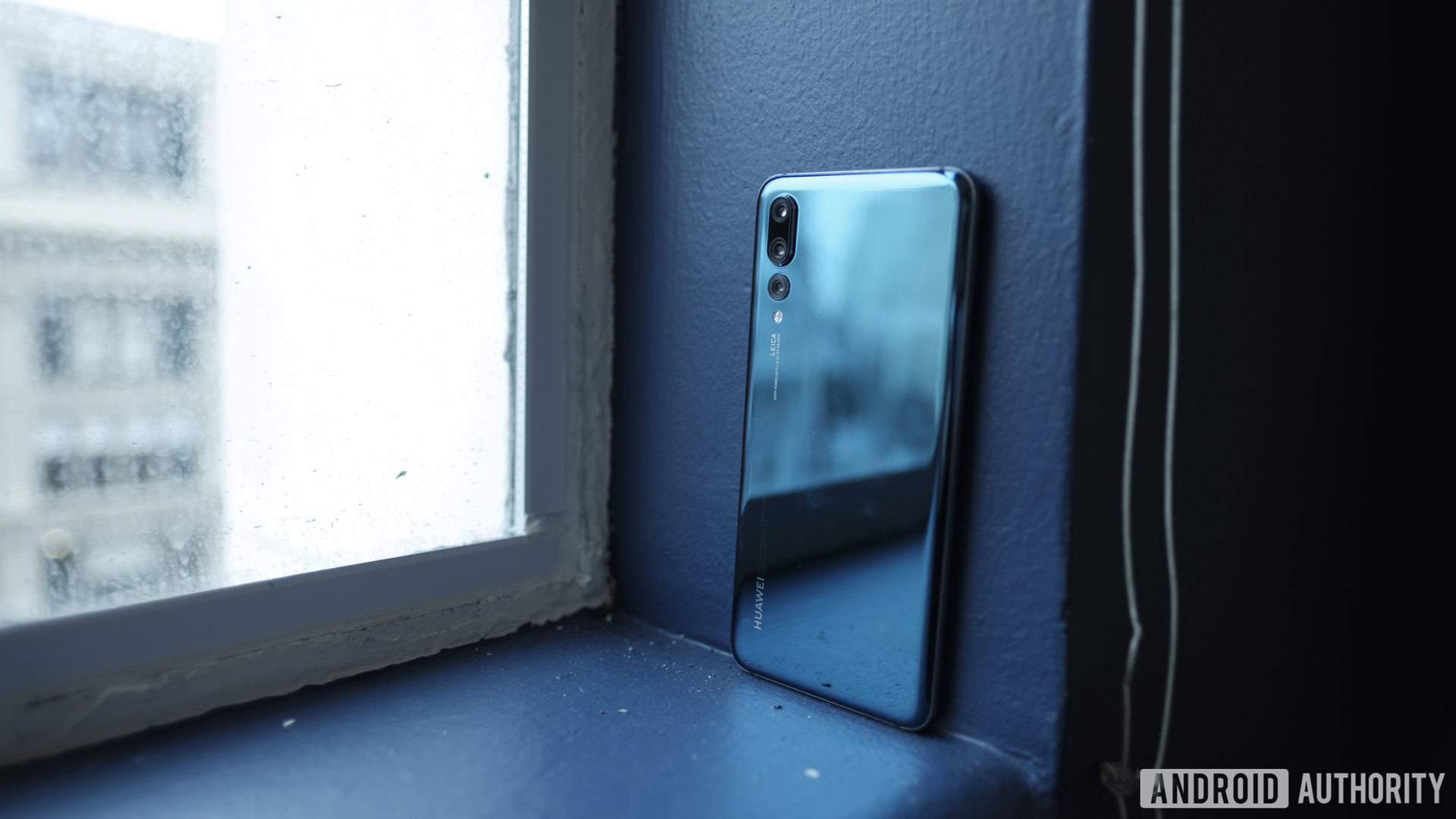
Moving on with our HUAWEI P20 and P20 Pro hands-on impressions, there are several other settings and features that set them apart. The displays are not only different in size, they employ different technologies. The HUAWEI P10 Pro sports an OLED panel, as opposed to LCD in the regular model.
See also: HUAWEI P20 and P20 Pro specs: Triple cameras and notched displays
As you’d expect, the HUAWEI P20 and Pro offer some pretty impressive specs. The beefy Kirin 970 powers both devices, but the Pro edition gets 6GB of RAM, over 4GB in the P20, and a massive 4,000mAh battery unit over the 3,400mAh in the P20. Regardless of which device you pick, it’s really impressive to see that a phone this small can house that much battery under the hood.
The P20 Pro has better protection against water and dust as well, with an IP67 rating, compared to just IP53 on the P20.
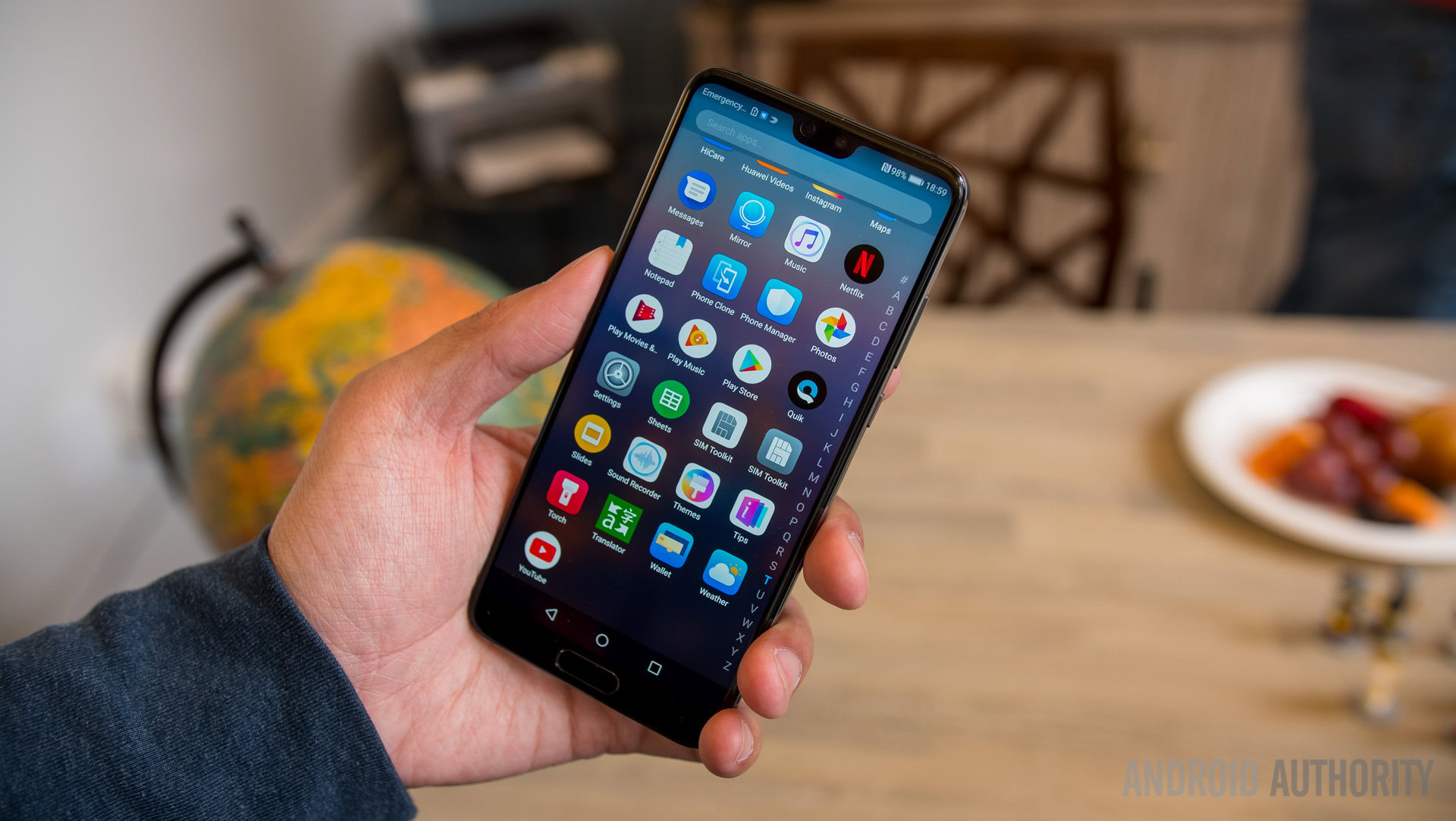
And of course, what ties all of this together is HUAWEI’s EMUI OS, which will feel familiar to anyone that has used a HUAWEI phone before. There are plenty of features available, including an option to use the front fingerprint reader to navigate through the phone using taps, holds, and swipes.
Dual apps are available and plenty of other HUAWEI apps are baked in, some of which are very similar to apps you might already get from Google’s standard package.
Getting back to the notch, a neat little software trick will help make it more palatable to those who dislike it – a software setting that fills out the background near the notch, camouflaging it in most situations.
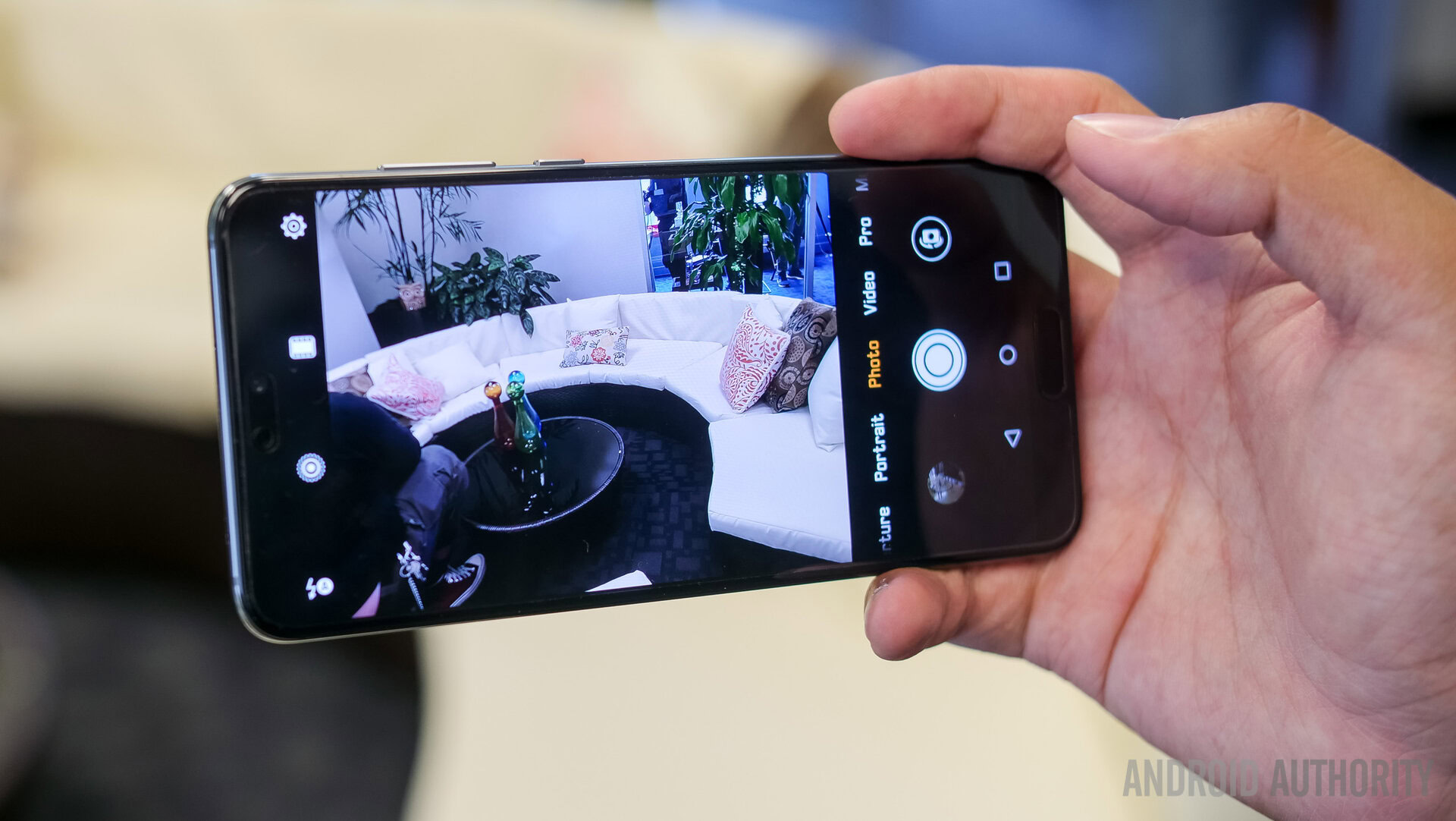
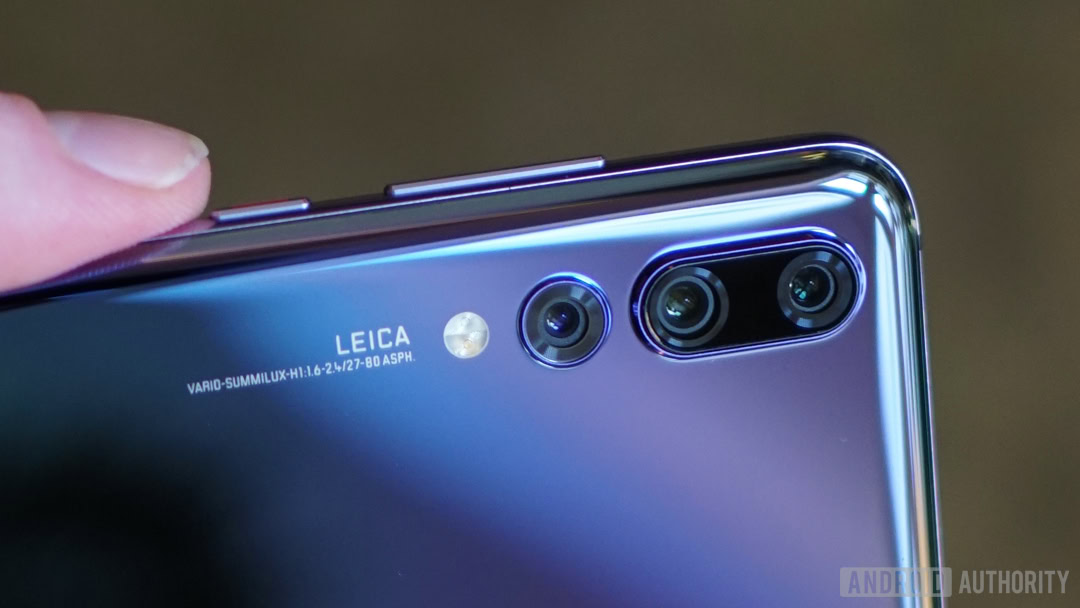
When it comes to the cameras, HUAWEI pulled all stops to deliver the ultimate mobile photography experience. In fact, the company probably went a little overboard, to the point that the array of hardware and software features becomes a little confusing.
Starting off with the front-facing camera, you get a high-powered shooter with a 24MP sensor. We haven’t got the chance to really test the high-res selfies, but you can expect the same beauty modes and other selfie features as before, now with more power underneath the glass.
On the back, the P20 employs a familiar dual-lens combination, with a 12MP RGB sensor at f/1.8 and a 20MP monochrome sensor at f/1.6. If the original P10 is any indication, photos from the P20 should be well detailed and provide photographers with a lot of enjoyable shots.
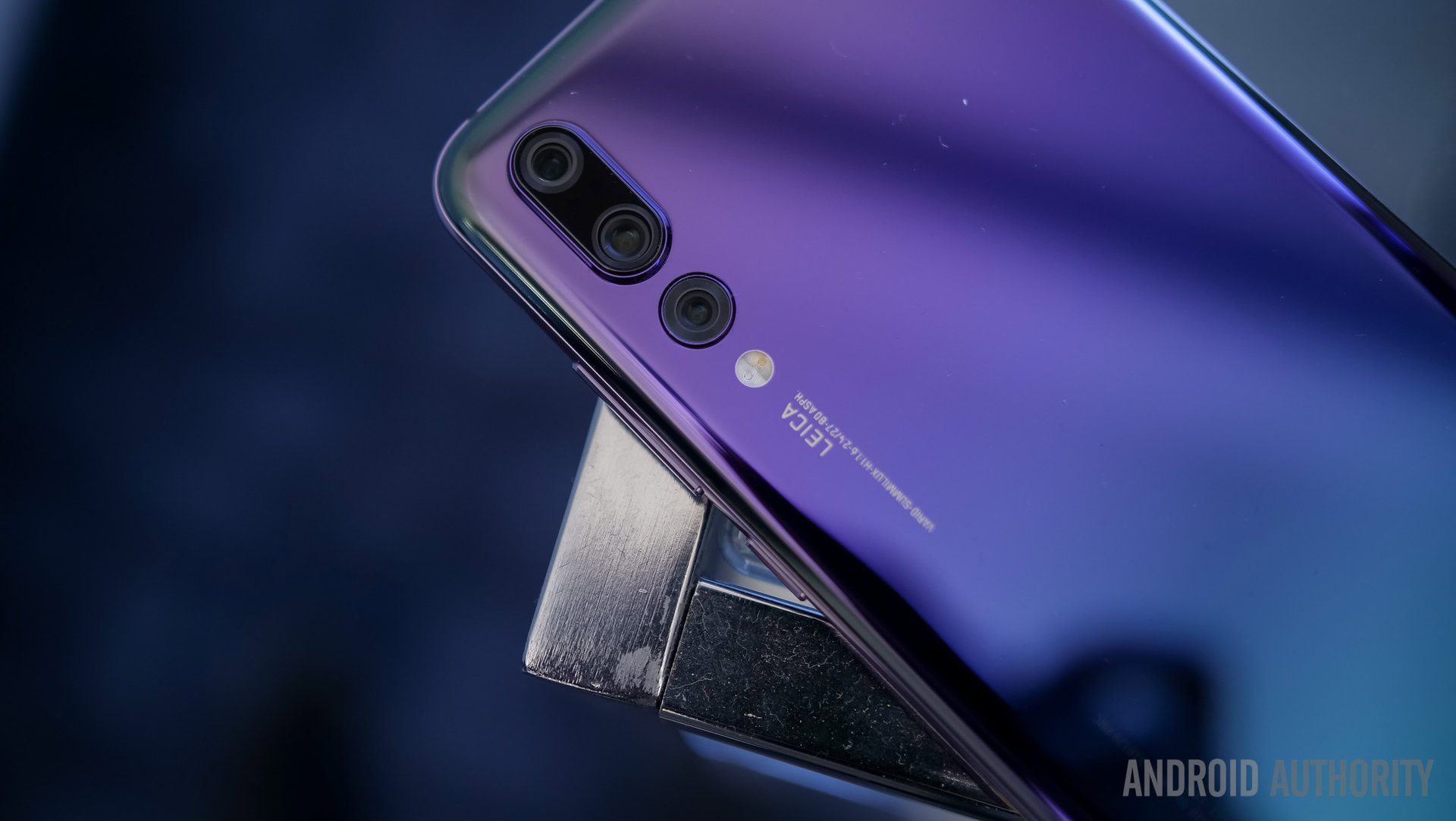
The real headliner is the P20 Pro, which has not two, but three cameras on the back. The Pro adds a telephoto lens into the mix, but even the base specifications of the RGB sensor end up changing.
From the bottom to the top, the singular bottom lens is the 20MP monochrome sensor; the middle lens is the whopping 40MP RGB sensor; and the top lens is the telephoto lens that has an 8MP sensor.
Three cameras might sound like a gimmick, but HUAWEI truly delivers an astounding photography experience. Doubly so when it comes to the P20 Pro.
Though the 40MP resolution of the main sensor might make you think that all those pixels are too small for good low light performance, HUAWEI outfitted the RGB camera with the biggest sensor found in a typical smartphone – bigger than the iPhone X and even bigger than the Samsung Galaxy S9.
There’s a ton of options for these lenses, but usability is taken into account. HUAWEI added an enhanced AI engine to drive the camera hardware and – ideally – select the very best settings for each situation. That means you won’t need to worry about switching between cameras at all.
Read more: HUAWEI P20 Pro: World’s first triple camera explained
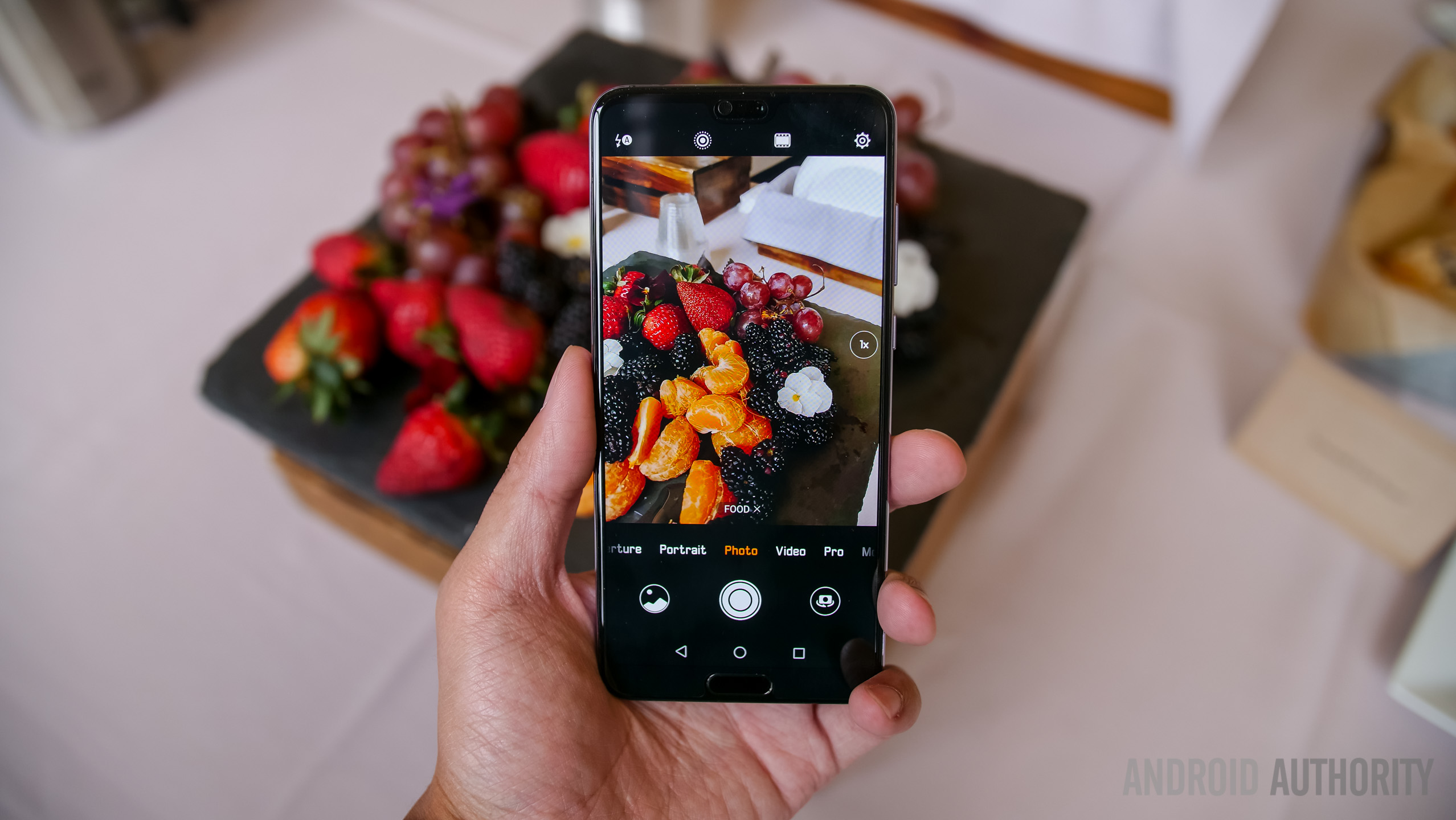
Huawei’s AI engine has been further enhanced from the Mate 10. It can now detect many more scene types and change settings on the fly. For instance, the camera app is able to change pretty easily between portrait mode and food mode, as long as it can detect a face in the frame. It takes a split second for the mode to switch up, but the feature seems sound. Among others, it can recognize dogs, cats, greenery, and even group shots, where the camera app will suggest to the user to shift in order to fit everyone properly into the frame. For anyone looking to get the best out of the cameras of the P20 and P20 Pro, this AI assistance can help take some of the load off figuring out the best settings.
Huawei's camera-focused AI engine is back, and better than ever.
In terms of low light performance, the lack of optical image stabilization on all but the telephoto lens could be a major concern. But HUAWEI has an answer for that, as well: AI-assisted stabilization. Much like in the night modes for other devices, the night mode will take a bunch of photos in a row and put them together to create a well-exposed final result. The AI works to crop all of the shots as needed, so that shaky hands won’t even mess it up. In fact, it does this so well that a tripod is not needed, says HUAWEI – just don’t have any crazy shakes and the phone should be able to compensate for the movements.
The results are pretty amazing already – in a very low light situation, you can eke out some real results, whereas other phones would just fall apart. The HDR tweaks colors and dynamic range to try to ensure that the shadows are bumped up without blowing out the highlights. The result is a camera package that can supposedly get up to an effective 100,000 ISO from a 4 second exposure. The stabilization actually works in video as well, with a constant cropping and movement being applied to recorded footage.

And that’s not all. The P20 and P20 Pro feature four different systems of autofocus – laser, phase detection, depth, and contrast – combined into a system called 4D Predictive Focus. That means the camera should be able to constantly track subjects and refocus seamlessly as needed. 960fps video capture brings super slow motion and HUAWEI’s Ultra Snapshot feature returns, allowing you to wake up the device and snap a photo in just 0.3 seconds.
There is definitely a lot to take in here, but the takeaway is that HUAWEI is putting every hardware resource available into one super-powered smartphone camera. Add on top of all of that the AI assistance, and the shooting experience has the potential to be one of the best. Photogs will have a ton of options and settings to mess with, while the automatic mode will be great for anyone who just wants a great easy photo. We’re excited to really test out this camera and compare it to the competition when we get our full review unit.
And so, there you have it, our HUAWEI P20 and P20 Pro hands-on impressions. It’s great to see HUAWEI really trying to stand out in a sea of already capable and full-featured flagships. The HUAWEI P20 and HUAWEI P20 Pro boast more than fancy new paintjobs, and there is plenty to get excited over. Stay tuned for our full HUAWEI P20 and P20 Pro review soon, and let us know what you think about HUAWEI’s latest!
Next: HUAWEI P20 and P20 Pro: Price, availability, and release date